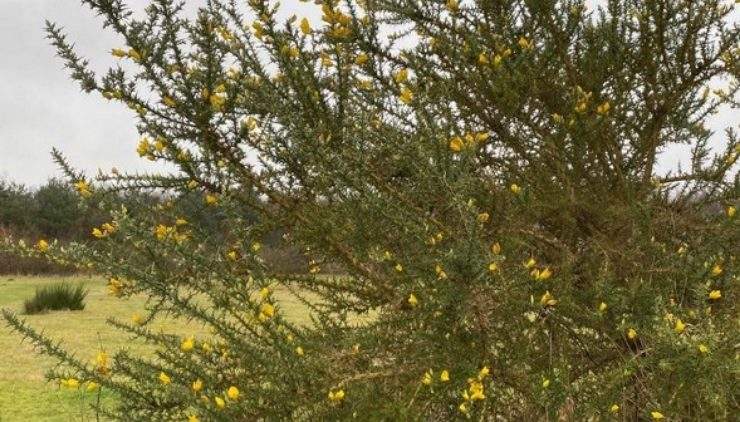April to June
- Categories:
- Nature
Only just a few weeks ago I managed to see three of the most beautiful planets from the Kelling Heath Spring Star Party.
Unfortunately the weather was not the kindest for the main weekend with lots of cloud but there were gaps that offered moments of great clarity in the dark north Norfolk skies. During these moments, I managed to see Mars, Jupiter and Saturn although not all at once as they very kindly offer themselves for viewing one after the other.
If you have a good clear north western horizon then toward the middle of May there is a great opportunity to try and spot elusive Mercury as it sets just after the Sun. Because of its proximity to our local star, it never appears far away from it in the sky so is only ever visible low in the east before sunrise or as will be the case in May, low in the west after sunset. You will need to look for it just after the Sun has set in the twilight sky. A great tip is to wait for the Sun to set and then scan the area with binoculars. You may be able to spot the bright yellow star Capella in Auriga first and Mercury can be seen just to its lower left.
Once you have bagged Mercury, you can let the sky darken a little more and move your gaze a little higher and to the left to spot the much brighter planet Jupiter. By the middle of May, Jupiter sets by around 23:30. A good pair of binoculars that are held steadily will reveal four of Jupiter's moons; Io, Europa, Ganymede and Callisto but a telescope will be needed to reveal detail on the planet. Delicate bands will then be seen and if the conditions are good, you may be able to detect the Great Red Spot, a raging hurricane that is almost twice the size of the Earth.
Once night falls, turn to the south and look out for a red star and you will be looking at Mars. Due to the orbit of Mars around the Sun, the red planet is well placed for observation only every two years which happens to be this Spring. A good telescope will be needed to reveal any surface detail but if the conditions are good then you should be able to spot the white polar ice caps of Mars which are made of carbon dioxide rather than the water ice of our own caps. You may even be able to detect dark patches on the surface which are darker subsurface rocks that are poking up above the red dusty iron oxide surface.
Just to the lower left of Mars is in my opinion the most stunning object to look at, Saturn. The beautiful ringed planet was the first thing I ever looked at through a telescope when I was ten years old and has undoubtedly inspired many others to learn more about the Universe. Any binoculars or telescope that offers magnifications of at least 20 times will be able to see the amazing ring system which is composed of billions of pieces of ice and dust.
Aside from the planets on view these next few months there is a meteor shower worth looking out for, the Eta Aquarids. This shower is caused when the Earth passes through the orbit of Comet Halley and some of the debris from the comet falls to Earth. As they fall, the tiny pieces of dust and rock heat up the gas in the atmosphere generating the popular ‘shooting star' effect. The shower will peak in the early hours of the 6th May just before dawn and to observe it, wrap up warm, get outside, make yourself comfortable on a sun lounger and watch. Hopefully you will catch a few of them. This shower tends to be a little better in the southern hemisphere though so at the latitude of the UK, we may not get such a good show.


